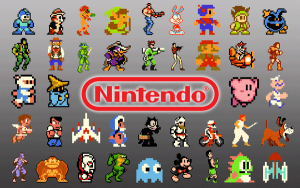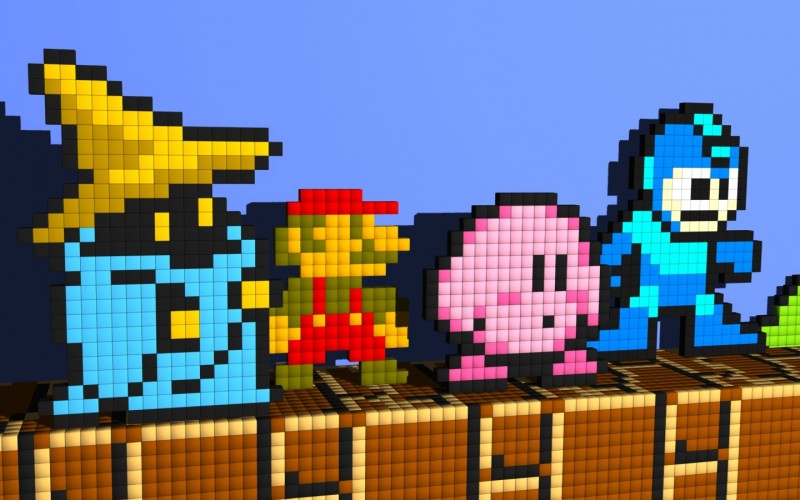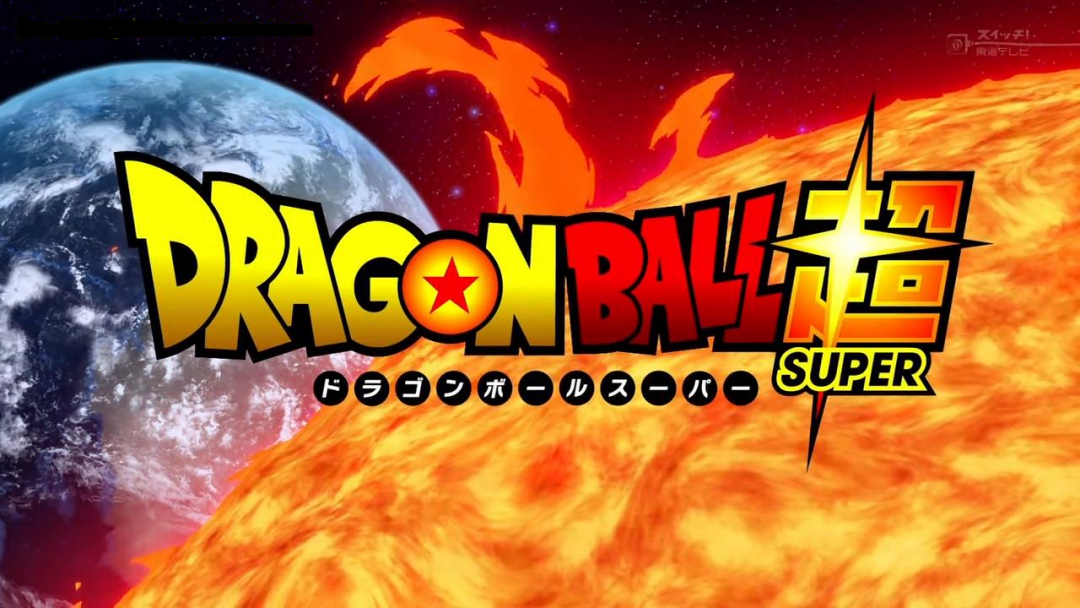We have all been there. As gamers there are few among us who have not felt the overwhelming pull of nostalgia; the siren’s call of games long past, games whose stories and characters call out to us across months, years, and sometimes decades. For my brother and I, firing up an old console is something we do annually. From the more recent PS2 and GameCube, to the more distant Super Nintendo and NES, every system is resurrected and played at one point or another. We play for a few days in a nostalgia driven craze, our appetite for old games almost as insatiable as when they were first released. We replay Donkey Kong Country, Super Mario World, Monkey Ball, even 007 makes a regular appearance, all of them just as fun as the first time we played them. Then, after a few sleepless nights, we shelve them once again to gather dust and mold as they wait quietly for next year. Each time, my brother and I feel a pang of grief as we lament the fact that we don’t play them as often as we should. But what can we do? We have done all there is to do, found every secret star, hidden path, and saved every princess. While the memories are there, and the gameplay is just as engaging as it ever was, boredom treads on nostalgia’s heels and we can only take so much. Or, at least we could only take so much, then we watched last years AGDQ and found out about Speed Running.

AGDQ is a bi-anual convention held in January and Summer to showcase Speed Running while raising money for cancer prevention. The entire event is hosted online through the digital television service Twitch TV. There is no down time in the 7 days the convention runs, for 130 hours, games are Speed Run 24 hours a day. To put it simply, it’s amazing. The games run are not limited to PS4 and Xbone, they include some of the very first games ever made. Everything from the Final Fantasy 1 to the more modern Bloodbourne is run and played through. A panel sits with each and every runner explaining not only what they are doing, but also why each and every game is awsome. I cannot overstate how eye opening it was to watch all these old and retired games gain a new chance through this new and bizarre form of competition.
Speed Running gives life to old games in a way unlike anything I have ever encountered. Not only is it wildly competitive and supported online but also it reinvigorates all those old games you hold so dear but have played the ever-loving shit out of. The concept is deceptively simple. That is, to beat the game as fast as possible. A feat that is simple to say, but overwhelmingly difficult to achieve, given the different run categories and methods used to beat them.
Before we get too far in this let me explain some of Speed Running’s unique vocabulary. First off, Speed runs are often split into one of several categories. Some of the most common include Any% and 100%. In Any% the goal is simple. Ignore anything that is not essential to the completion of the game. In 100% the goal is also speed but has the important distinction of not ignoring anything in the game, you must do everything. Take a look at Super Mario 64. In Any% the goal is to get the minimum amount of stars needed to beat the very last stage and kill Bowser. In 100% the goal is to collect every single star in the game before completion. Seems simple right? Wrong.
The difficulty of Speed Running is in the details. The category merely tells you what you need to do overall but the methods used for achieving these goals are monstrous. In the name of speed, gamers from around the world have come up with a wide variety of ways to “break” the games they play. Everything from complex movement to game breaking glitches are used in the name of speed. These tricks and tips are the fruit of years of repeated play and study. Some of the game’s runs came out decades ago and are still seeing improvement and innovation. For example in games run by the Source Engine, Counter-Strike, Portal, Half-life, B-hopping instead of walking generates far more speed. In these games the air density and momentum physics only function if you walk in constant contact with the ground. Once you jump, there are ways you can “hop” and move through the air to gain speed. This is incredibly difficult to control and maintain both because of the precision of the jump and mid air motions, but also because of how fast you eventually start to move. The amazing thing is that is but one skill in a long and difficult list of different movements and glitchs needed to post a respectable speed run time. The skills you need to hone can be broken down into several general categories.
First off there is movement. Up above we talked a bit about “B-hopping” but that is only the beginning of what good ingame motion may entail in a game. By saying movement I mean, how you move throughout the game. At first glance this concept seems overwhelmingly simple. I mean, what else is there to do other than run through the game as fast as possible? Well as it turns out, there is quite a bit more than you might think. Movement covers a wide variety of techniques that range from simply mapping out and taking the most efficient route to more advanced methods like navigating tricks that depend on a single frame of movement and precision. Games like Battletoads require the runner be able to perform movements that allow for zero deaths, zero mistakes, and pin-point accuracy. If any of those things are off then your run of the game is over. You have lost seconds of time, and in the Speed Running world that is as good as Game Over. previously we talked about B-hopping, where you manipulate Source Engines physics by jumping in such a specific way as to gather momentum to an unreasonable game-breaking degree. After which you need to carry that momentum throughout large sections of the game. In one such area there is a trick aptly named “boatless” where you move so fast that you skip across the water, negating the need to waste time driving a boat or watercraft. While these kinds of movement are relatively easy to write or talk about, replicating them in game is a different matter entirely. And the funny thing is, these are still the basics.
https://www.youtube.com/watch?v=0M7IINwTFVw
Glitches and tricks represent the vast majority of time-saving skips. They are oftentimes the result of a programming oversight or physics engine manipulation. These methods are used to often skip entire portions of the game or render whole areas of the map useless. To pull them off in a timed environment requires a deep understanding of not only how the game works, but how it is programmed and put together. In Half-Life 2 there is a trick called “Prop-Fucking” that involves manipulating inanimate objects in such a way as to trigger cinematics early or skip them entirely. By understanding how the game functions and how the programmers intended certain events to trigger and unfold, the runner is able to influence the conditions allowing for massive time saves or skips. In games like Zelda: Ocarina of Time, these methods cut records down from hours, to the current world record of 18.10 minutes. Of course these “glitches” are the reason for categorizing runs. In Any% these can be used to speed through the game unfettered, while in 100% methods like these would be banned.
Movement manipulation and glitches are just two of hundreds of different techniques and tricks used to Speed Run your favorite old or new games. Most of the time runners are only even able to pull off a small amount of what is theoretically possible. In this way, those old games that you have long grown sick of open up in new and exciting ways. Even for the best of the best, there are always ways to improve. By Speed Running a game you open up a world where there is nearly an infinite number of things to learn and improve upon. There is suddenly a reason other than nostalgia to play and improve at your favorite age-old games.
For me and my brother this category of gaming has opened up new horizons. We don’t shelve our old games as readily anymore. AGDQ has change the way we play. Once a game is beaten, there is moment, a stay in our hand, that has never existed before. A brief few minute window where we think about the possibility of a Speed Run. Where we choose to either put the game away for next year when nostalgia hits, or keep it out as a part of our regular gaming rotation. Monkey Ball has made such a transition. Our Game Cube stands tall on the mantel along with a PS4 and Xbone. In a weird twist of fate our childhood love affair has come back and become a part of our modern day world of gaming. Which is an invaluable gift in today’s world where games cost big bucks and any extra milage is a godsend. These old games are more than nostalgia filled nuggets from our youth. They represent an entire new way to game. A library of potential that is simply waiting to be picked through and explored. So do me a favor this summer, watch AGDQ. See what Speed Running is all about and maybe, just maybe, find a hobby that you never knew existed..









